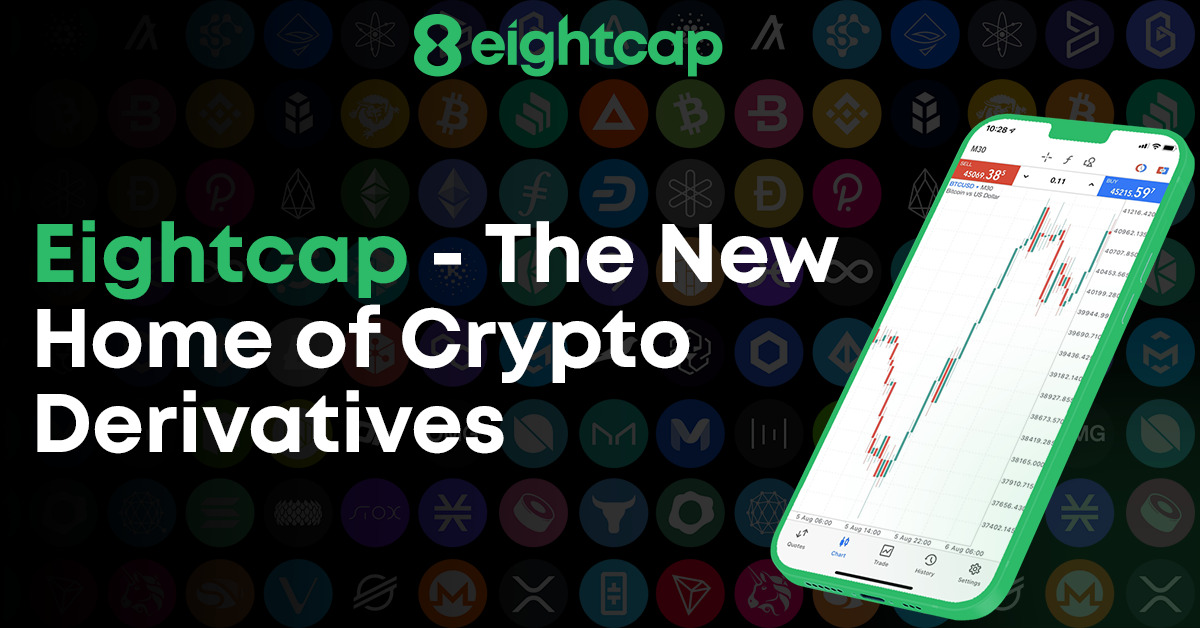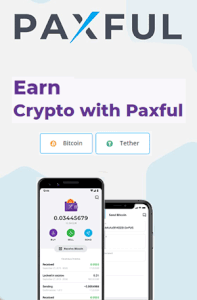How To Tell if a Crypto Project Is a Scam

[ad_1]
Key Takeaways
- Investors new to crypto are more susceptible to scams. Staying up to date with the latest forms of fraud and manipulation is important to avoid financial loss.
- Following a set of simple due diligence routines will help users distinguish bad projects from legitimate ones.
- Phemex, a well established cryptocurrency exchange, periodically reviews its listed assets to make sure users are protected from rug pulls or exit scams.
Share this article
The crypto industry is known for continuously innovating. Projects come up with different ways of solving real-world problems. Quite often, these solutions attain a level of complexity that can be confusing to the average user.
Don’t Be Left Holding the Bag
Scammers are also coming up with more sophisticated schemes to take advantage of the less experienced, from traditional price manipulation to inserting bugs in applications that manage and store digital assets.
In crypto, a classic way of tricking users is through what is commonly known as a “rug pull,” a scheme through which scammers create a new coin and promote it aggressively, relying on fake or exaggerated claims.
The intention is to increase the token’s price by promising easy gains. Scammers are careful enough to generate fictitious trading volume during a set period of time and give the impression that the project is sustainable in the long run (a factor that differentiates a rug pull from a “pump and dump.“)
When the project becomes large enough, the “team”, which is usually the largest bag holder, front-runs the crowd by selling everything, pocketing hefty profits, and leaving investors holding worthless tokens.
What follows is a list of items that suggest a project could be a potential scam or rug pull, trying to promote an utterly worthless token:
Documentation (White Paper)
The white paper explains the purpose of a project’s technology. Users should be skeptical about a white paper that only points out what will drive the token’s price higher rather than explaining the code, economics, business model, and other significant aspects of the project.
Serious projects tend to have exhaustive white papers and research that justify their purpose.
The Team
There are some classic red flags regarding the identity, professional background, and relationships of a project’s team.
It’s a good sign if the team is doxxed. Doxing is when a project’s team members have publicly disclosed personally identifiable information about themselves, contributing to the overall credibility of the project.
Be wary about premature partnership announcements. Especially if the project hasn’t been running for that long. Building a solid reputation with businesses like Venture Capital firms, the media, or a large exchange takes time and effort.
Dubious endorsements or celebrities “shilling” a token may also contribute to making a project look more important than it is. Remember, the fraudster’s objective is to increase the feeling of importance of the project, which then translates into positive price action, which subsequently produces “fear of missing out” (FOMO) in its eventual victims.
Roadmap
A roadmap is a display or diagram that explains the protocol’s technology adoption plan. It is much like an oversimplified version of the white paper summarizing the project’s long-term strategy. The roadmap also includes past relevant achievements. If the roadmap is unrealistic or doesn’t exist, it is likely an exit scam.
Liquidity
Check the token listings. If it’s traded on very few exchanges, centralized and/or decentralized, there’s a high chance it’s a scam.
Figuring out how much liquidity there is behind a token is just as important. In DeFi as in traditional finance, liquidity is the total value of the assets available for trading in a given market, or pool. Low liquidity usually means a crypto project is nascent—or very little used.
DEXTools is an excellent site for finding out how liquid decentralized exchange’s trading pools are. Users can filter the token search by blockchain and exchange. While at it, finding out the transaction volumes and the number of active addresses interacting with a project’s smart contracts will also provide speculators valuable information.
Website and Social Media Activity
A poor website that looks like it has been created from a template and looks amateur is a bad sign. A useful tip is to look up the domain on whois. Some jurisdictions are commonly known for hosting fraudulent websites.
If the site looks good at first sight, reviewing external links to sites containing project-related content, like a blog, will uncover valuable information. Broken links or poor and outdated external content can tell us how much the team cares about the long-term plans of the project.
Fake references like mentioning that the project has included related content on sites like Crypto Briefing, Yahoo Finance, or CNBC when they have not is definitely not a good sign. False or exaggerated statements and testimonials should also raise suspicions.
If users on social media complain about a faulty aspect of the token or protocol and the team is unresponsive or vague about the claims, stay away from that project. Reading into forums like Reddit or Twitter is an excellent way to discover the overall sentiment of a project’s community.
Crypto has gifted many early investors with lucrative gains, which has led many others to false expectations, falling prey to scammers promising the next 10x. Due diligence and rigorous research are musts if you want to avoid losing your assets to a rug pull. Especially in an industry with constant innovation, recognizing the latest forms of fraud is not always that easy.
Found your next 10x? Why not buy it on Phemex? With more than 298 available token pairs for trading, Phemex does periodical in-depth reviews of each listed asset to ensure it meets a high level of standard. When a coin no longer meets this standard, or the industry changes, Phemex can potentially delist the token in a move to protect its users. Phemex is a platform that offers great liquidity, enabling users to trade effortlessly.
Share this article
[ad_2]
Source link





















